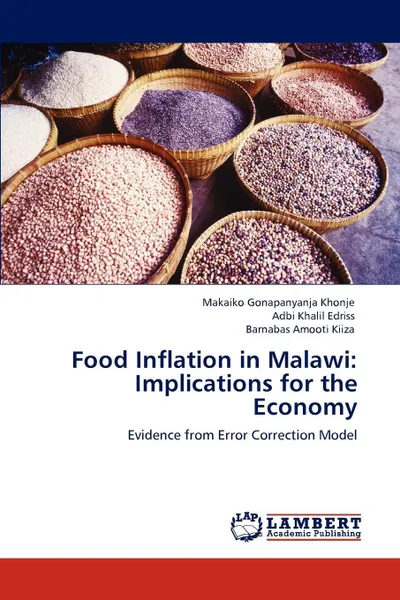Food Inflation in Malawi. Implications for the Economy 12+
2012
104 страницы
Категория: Бизнес образование
ISBN: 9783848418466
Язык: Английский
📖 Despite consecutive years of good harvest, Malawi has experienced continuous price escalation of staple food commodities unsolved over the time. The real price of maize in Malawi has increased by 141 percent between 1998 and 2008, and has been rising along with the prices of many other commodities over this period. The study therefore investigated the determinants of food inflation rate in Malawi and its effect on the economy. Monthly and annual data were collected from Reserve Bank of Malawi from 1978 to 2008. Data were analyzed by estimating an error correction model. The results show that fertilizer prices, crop diversification index, maize prices, diesel prices, real exchange rates and real interest rates significantly and positively influenced food inflation in Malawi.Besides, exports, imports, real interest rate and real exchange rate significantly influenced real agricultural output (GDP) and national GDP respectively. High food price inflation induced low purchasing power to consumers. The study recommends that a deliberate policy is needed to promote crop diversification. Adoption of flexible exchange rate regime is paramount to unlock forex and fuel crises in Malawi.
Мнения
